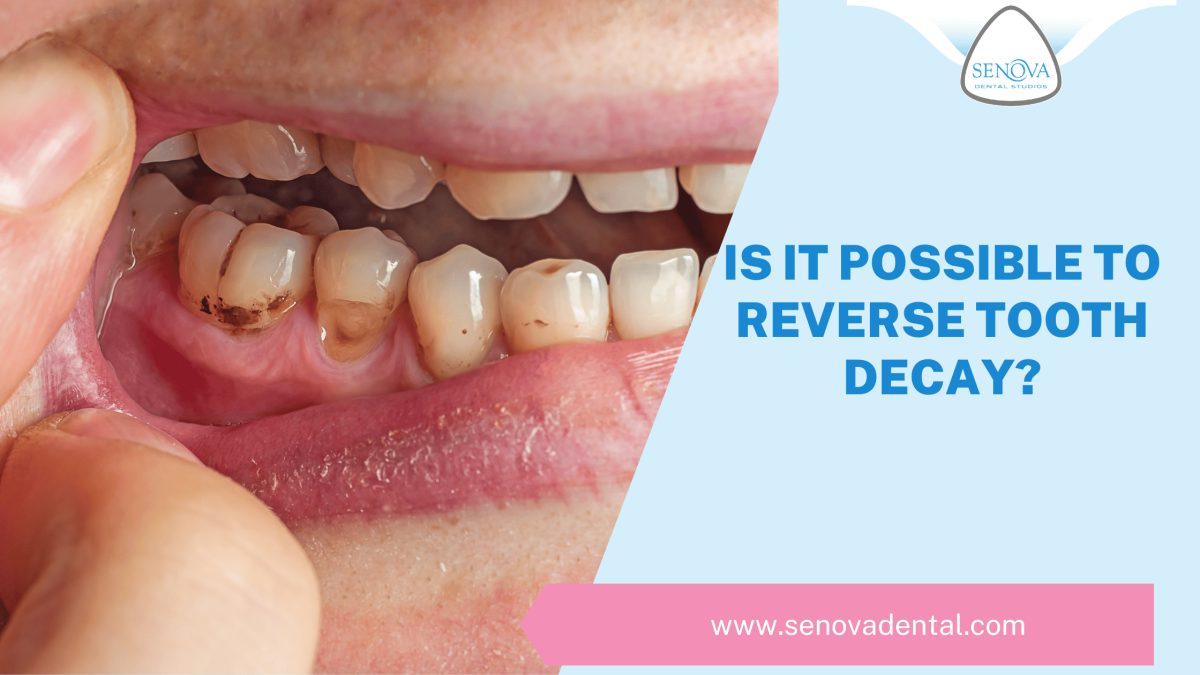Amalgam/silver coloured fillings are becoming less and less popular in the UK, Our experience is that patients are becoming more concerned about the biocompatibility of the mercury in the fillings as well as the cosmetic appearance of them. So what alternatives are there?
Our Watford dentist takes a brief look at the different types of fillings and discusses your alternatives.
What are the different types of dental filling?
Fillings fall into two categories:
- Tooth coloured
- non-tooth coloured
Non-tooth coloured fillings
There are two types of non-tooth coloured filling:
- Gold
- Amalgam
Both of these types of fillings are not used anywhere near as much in the UK as they used to be, gold is used less now because of its cost and appearance, whilst some people like the gold colour, many people prefer something more cosmetic and less obvious.
Amalgam fillings are a mixture of mercury, copper, tin and other trace metals.
Tooth coloured fillings
There are two types of tooth coloured filling:
- Composite
- Ceramic
Tooth coloured composite fillings
These tooth coloured fillings are made directly in your mouth by the dentist. The procedure is for the dentist to remove any decayed tooth structure, the clean cavity wall then be prepared with the bonding agent. Composite resin is a tooth coloured putty like material which the dentist applies to the cavity. Once the resin has been sculpted to the correct shape to match with the surrounding tooth structure it is then set hard with a high-powered light.
Tooth coloured composite fillings can also be used in the front teeth, not only to fill them after decay but to provide a better shaped tooth.
Tooth coloured composite fillings typically take about 45 minutes to do and can usually be completed in a single appointment.
Tooth coloured ceramic fillings-inlays
Ceramic fillings are more commonly called inlays. The porcelain/ceramic inlay procedure Is for the dentist to remove the decayed tooth structure, once all of the decay has been removed the cavity will be cleaned out and an impression taken.
You will then be fitted with a temporary filling.
The impression of the tooth, which will include surrounding teeth and opposing teeth will then be sent to a dental laboratory. A dental technician will then manufacture the ceramic inlay to exactly match the colour and morphology of the surrounding tooth.
Between 1& 2 weeks later the dental laboratory will return the inlay to the dentist.
The dentist will remove the temporary filling and ensure that the new ceramic inlay fits perfectly. Once you are happy that the ceramic inlay feels and looks good the dentist will permanently bond it in using a light cured composite resin.
Ceramic inlays typically take 2 weeks from start to finish and will always require 2 appointments.
What is the difference between porcelain and ceramic?
Porcelain and ceramic in the context of dentistry are exactly the same thing and are two terms to describe the same material.
Should I have amalgam fillings removed?

We generally recommend leaving amalgam fillings if there is nothing wrong with them clinically. Most dentists prefer to go for the most minimally invasive treatment and leaving things alone is generally the best option. Amalgam fillings are usually removed if:
- The filling is leaking. This can lead to decay underneath the filling.
- The filling has broken.
- The surrounding tooth structure has broken.
Amalgam fillings can also be removed for cosmetic reasons.
What about exposure to mercury?
Exposure to mercury with an amalgam filling is highest whilst they are being placed or removed. This is one of the main reasons why your dentist will probably suggest that amalgam fillings should be left alone unless there are underlying clinical reasons for removal.
Summary
As you can see, the primary decision is around whether you have a tooth coloured filling or a non-tooth coloured filling. Our dental practice in Watford always prefers to place tooth coloured fillings wherever possible, these are far more cosmetic and work just as well as the non-tooth coloured alternatives.
- What Kind Of Dentist Does Implants? - December 1, 2024
- When Do Babies Start Teething? - October 26, 2024
- Is It Possible To Reverse Tooth Decay? - September 29, 2024




